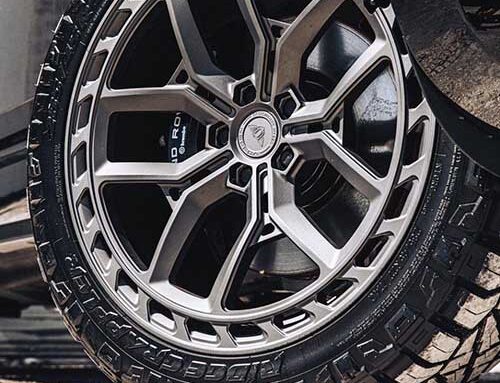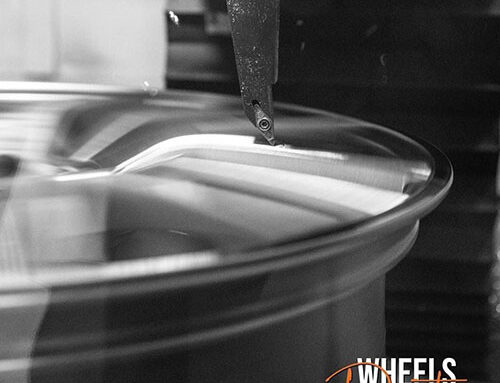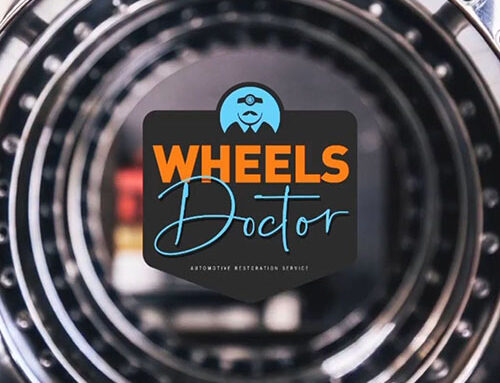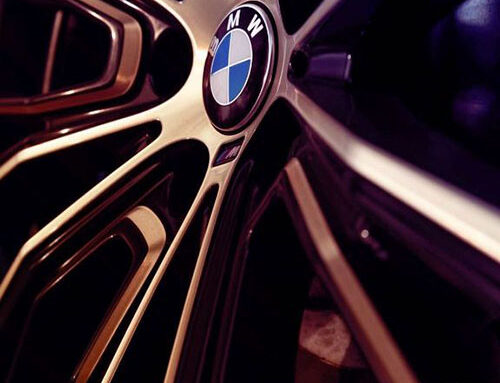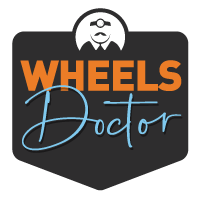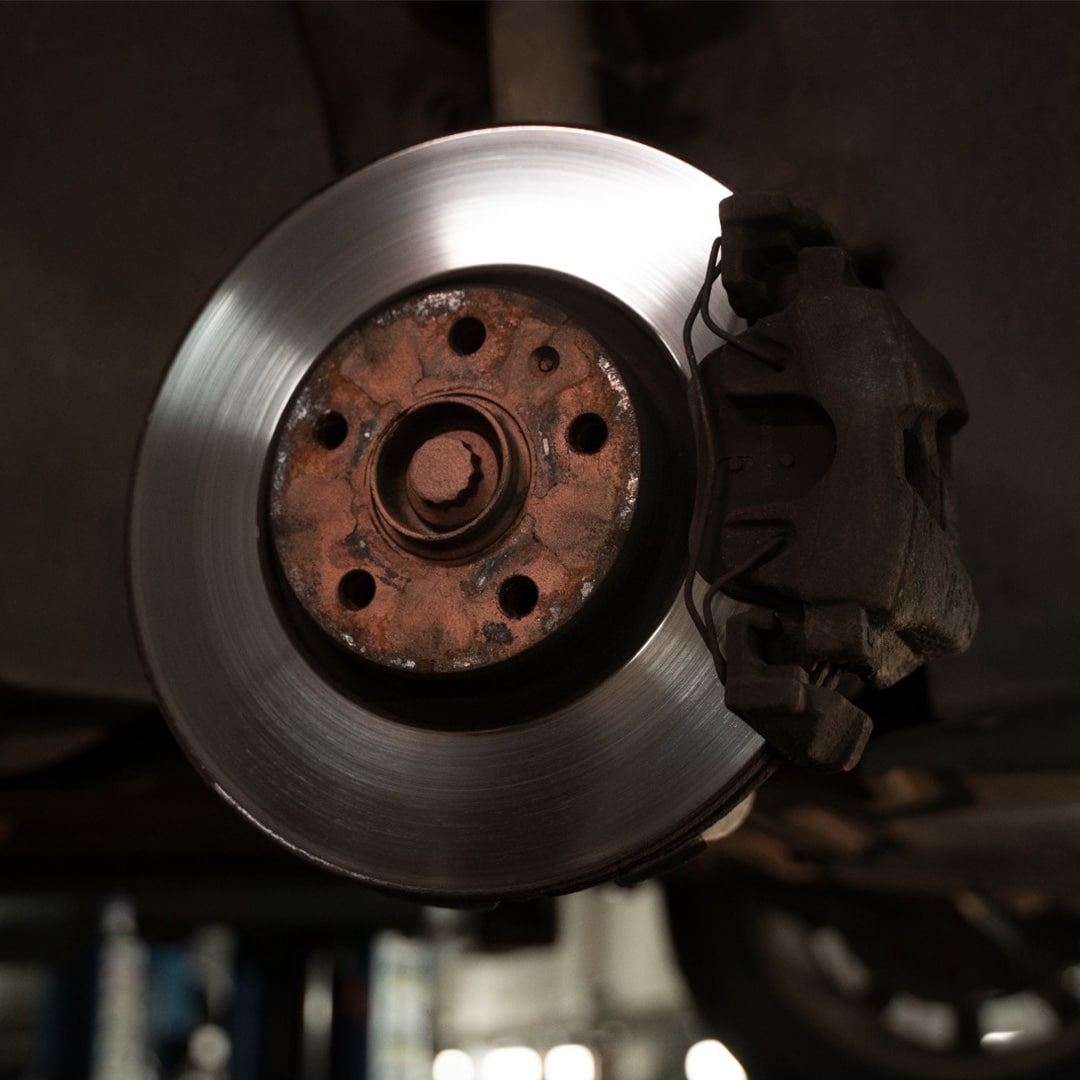
Driving Safety Tips: What to do if your brakes got damaged
One of the main concerns when driving is the possibility of running out of brakes while driving. The crucial thing is to react in a timely manner.
The most risky actions in this circumstance include turning off the engine or pulling the hand brake, which represents a danger to our safety.
It is crucial to perform periodic brake checks, approximately every 20,000 kilometers or at least annually, including inspection of the brake fluid in the vehicle.
All this is done with the purpose of preventing these eventualities. If at any time the brakes stop working properly, it is essential to remain calm and respond appropriately.
How to identify if the brakes are not working properly?
One of the indicators is when we step on the brake pedal and it sinks completely, without the car braking.
Another sign may be the emission of an unusual squealing noise from the brakes, accompanied by vibrations in the pedal and the lack of braking ability of the vehicle.
In addition, a further possibility involves the sensation of a spongy brake pedal with ample travel, resulting in a marked reduction in the car’s braking ability.
These situations usually arise due to factors such as brake fluid leakage, worn brake pads, overheating of the brake fluid or overheating of the brakes themselves.
To a large extent, these problems can be prevented by regular checks and proper maintenance of our vehicle.
If we find ourselves in the situation of running out of brakes, it is essential to remain calm.
First of all, we must inform the other occupants of the vehicle about the situation and activate the emergency lights.
Then, we proceed to apply small touches to the brake pedal, in case these recover their operation. If this measure is not effective, we can resort to the engine brake, allowing the driver to maintain control of the vehicle through the steering wheel.
To use the engine brake, proceed as follows: gradually select lower gears. To do this, press the clutch and shift to a lower gear than the previous one.
In this progressive way, the vehicle will slow down using the engine brake.
For example, if we were in fifth gear, we shift to fourth, then to third, then to second and finally to first, in succession, in order to stop the car gradually.
Stop your vehicle in a safe location, if possible.
Then be sure to put on your reflective vest and set up your warning triangles. Have someone come to pick up the vehicle.
Do not drive it again until it has been properly inspected and repaired by a professional.
It is important to note that, although rare, there are areas designated as emergency braking zones, usually identified by the S-16 sign.
These areas are specially prepared spaces next to the roadway for a vehicle to stop in the event of failure of its braking system.
The “grit” surface within them is designed to gradually slow the vehicle to a complete stop.
WHAT NOT TO DO?
It is essential to avoid two risky actions when the vehicle does not brake.
First, do not pull the parking brake or turn off the engine abruptly. In the first case, this could cause the rear wheels to lock, causing the vehicle to slide from side to side.
In addition, do not attempt to steer the vehicle onto the shoulder, median or guardrail, as this may cause a collision, especially if traveling at high speed, and the vehicle could end up overturning.
If the engine is turned off immediately, the steering wheel will lock, making it impossible to change direction if necessary.
This would also make it difficult to avoid collisions with other vehicles or road users, increasing the risk of hitting an obstacle or another vehicle.

